They really don’t make them like this any more.
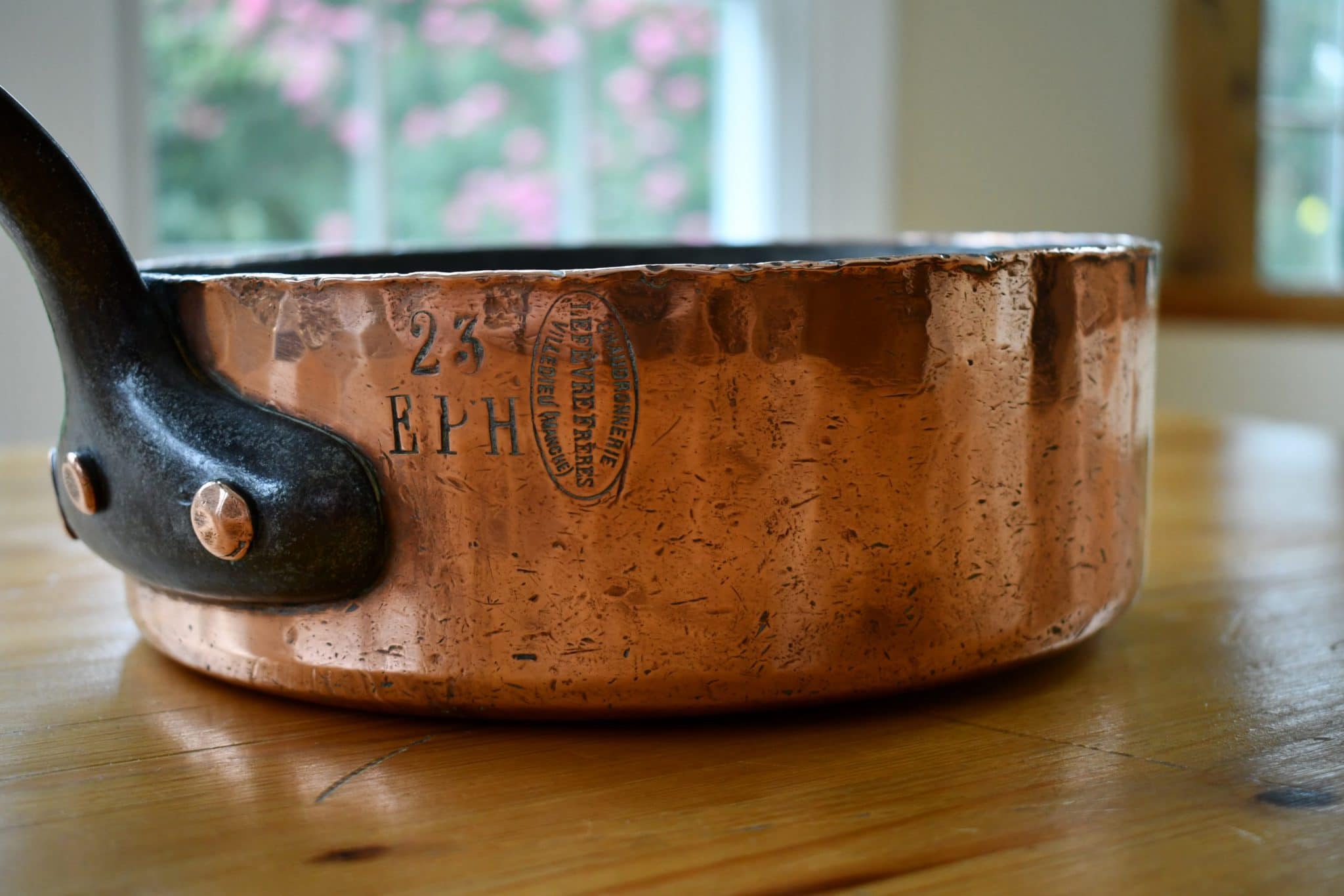
- Type: Tin-lined casserole in hammered finish with an iron handle fastened with three rivets
- French description: Casserole étamé et martélé avec queue de fer munie de trois rivets en cuivre
- Dimensions: 23cm diameter by 9cm tall (9.1 inches by 3.5 inches)
- Thickness: 3.5mm
- Weight: 3958g (8.7 lbs)
- Stampings: “Chaudronnerie Lefèvre Frères Villedieu (Manche)”, “23”, “EPH”
- Maker and age estimate: Lefèvre Frères; 1899-1919
- Source: Normandy Kitchen Copper
This is a true casserole — taller than a sauté pan, shorter than a saucepan, and older than either of them. This was the all-purpose cooking vessel from the 12th century France until the 19th, spanning the eras of open cooking fires, hearths, potagers, and finally enclosed stoves with hobs. I’m not entirely sure why the casserole fell out of favor but towards the end of the 19th century it was supplanted by the shallower sauté, the taller casserole russe, and the flared Windsor. If you do spot a real casserole, chances are it’s from the early to mid 19th century. (This one is a little later than that, probably 1900 or so.)
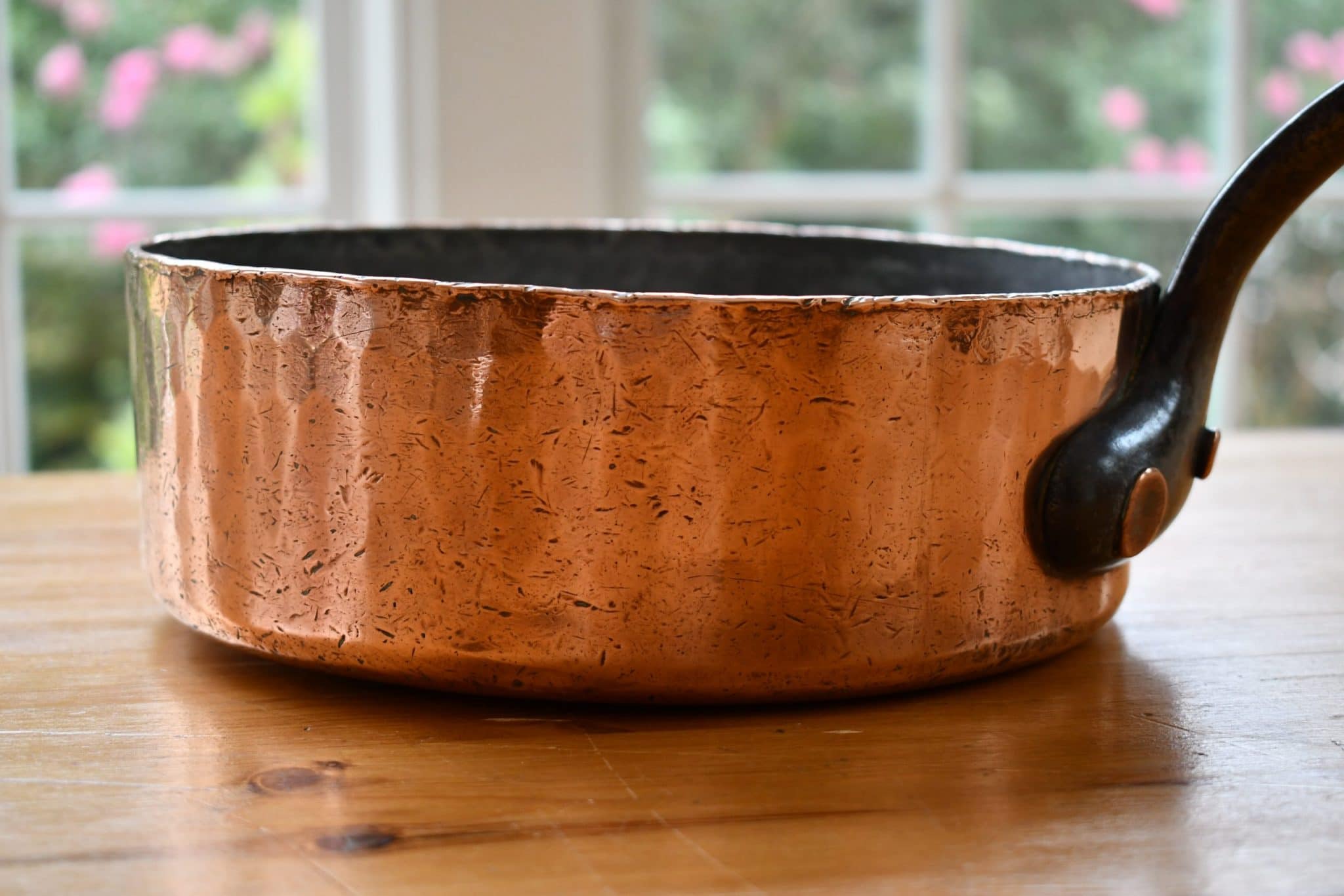
The old-fashioned proportions are beautiful to my eye. This is a hefty pan at 3.5mm thickness and the handle is generously proportioned.
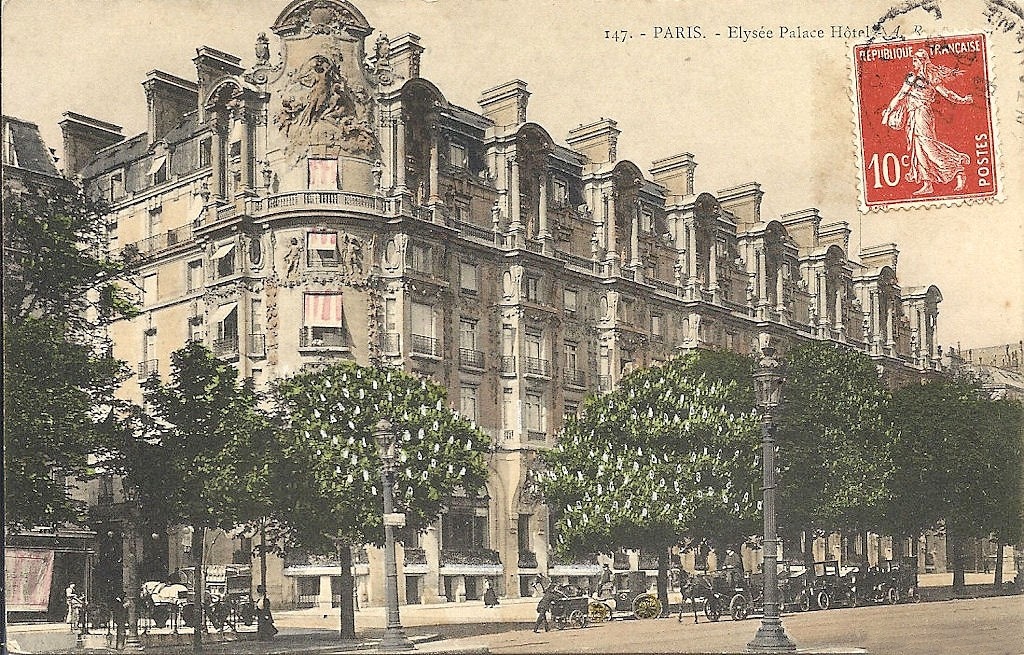
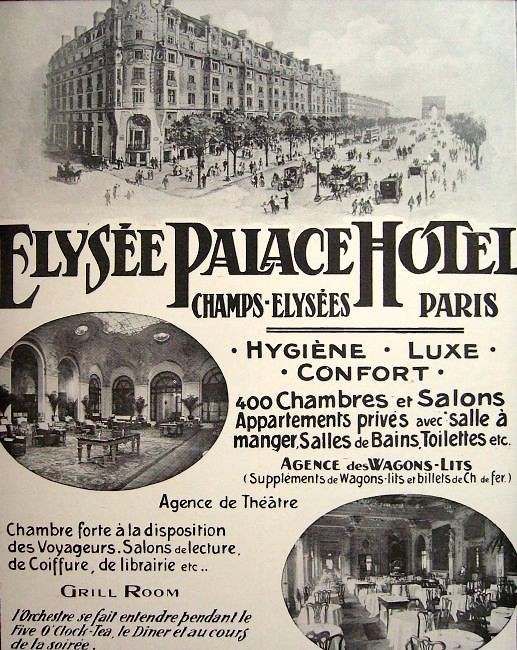
The interior rivets are almost flush. I suspect the leftmost rivet has been repaired or possibly tightened with slightly less finesse than that with which the originals were inserted.
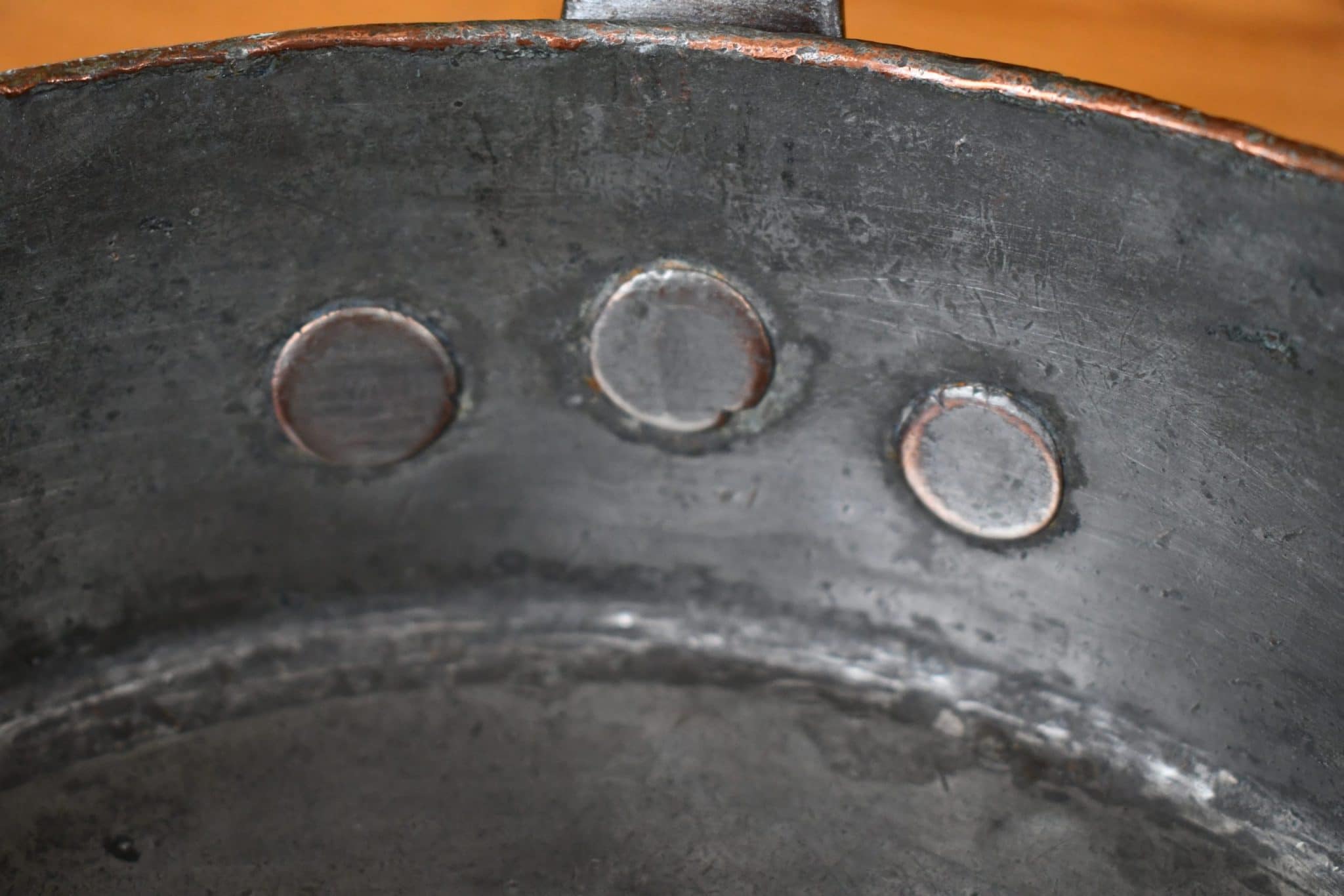
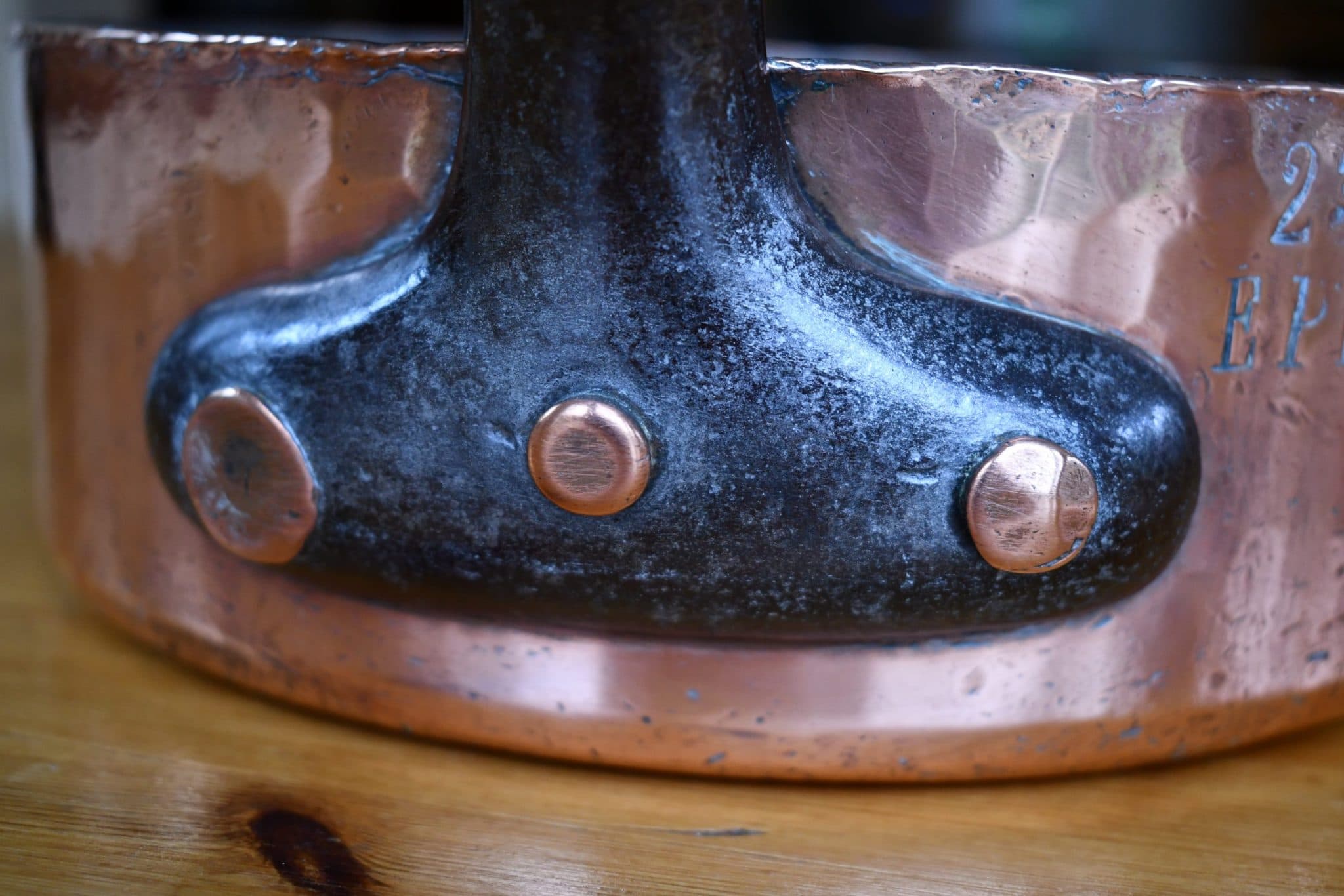
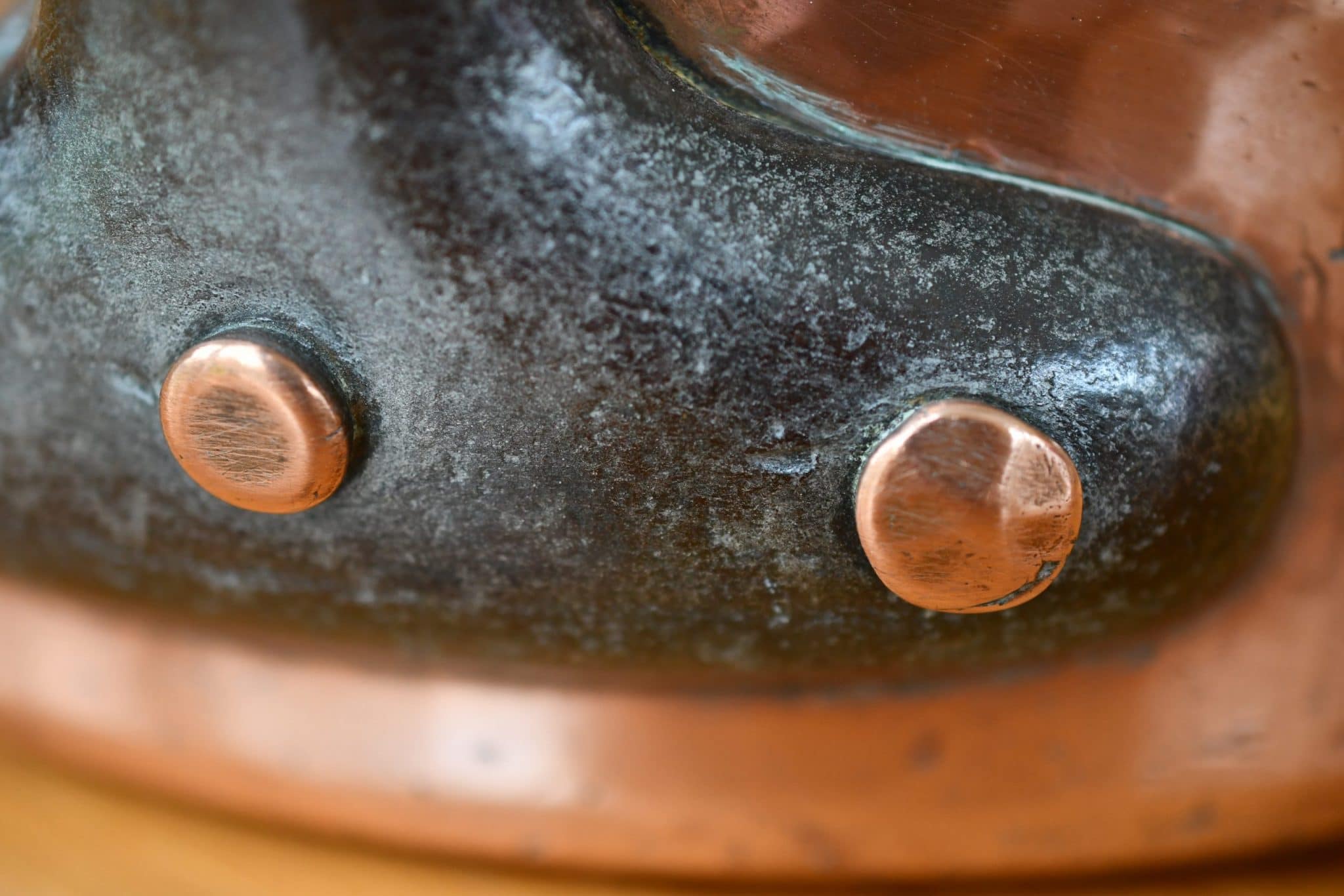
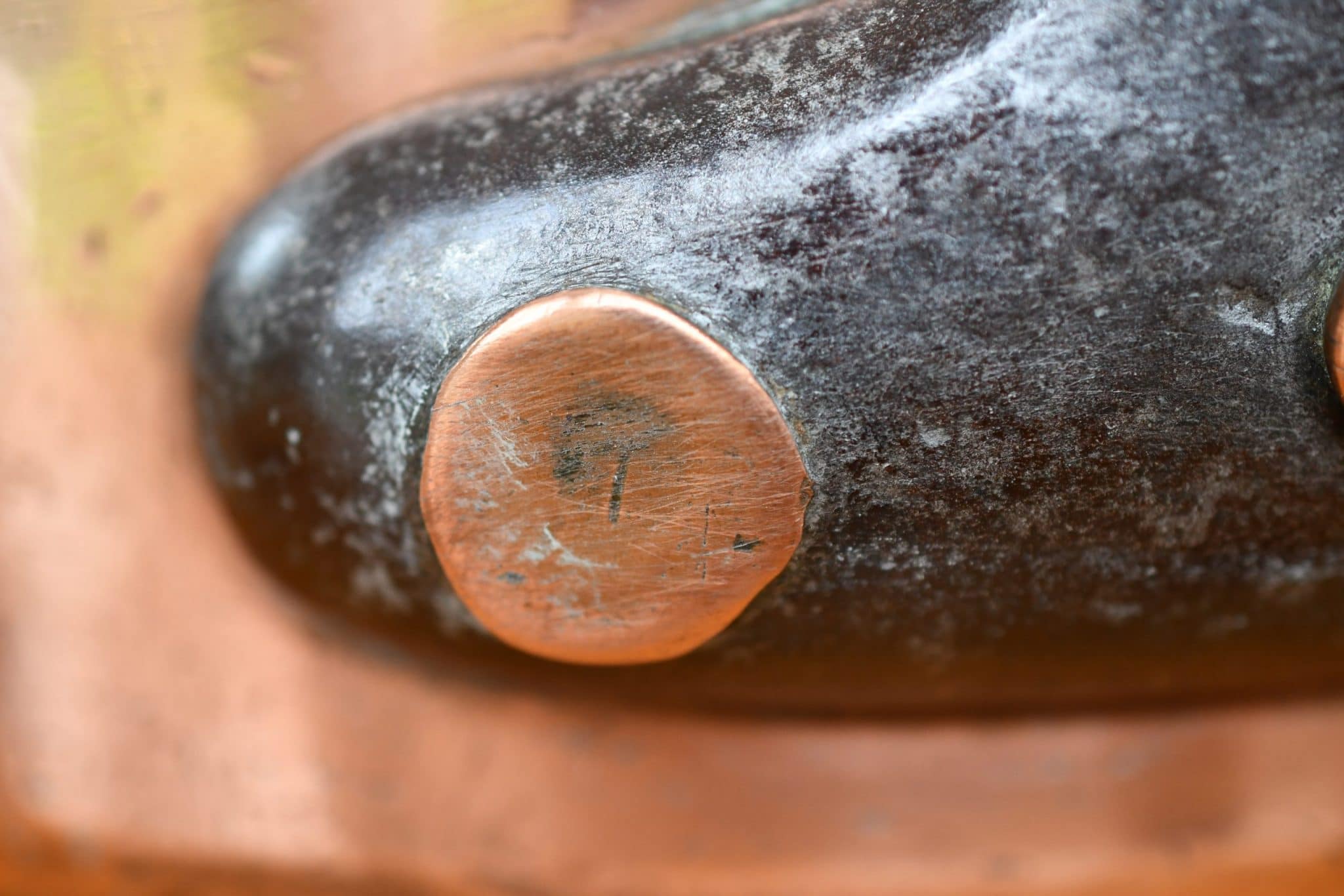
The handle is particularly fine. The texture is very smooth, and I doubt this is simply from human handling. It’s possible the handle was polished after it was cast. It is very pleasant to hold.
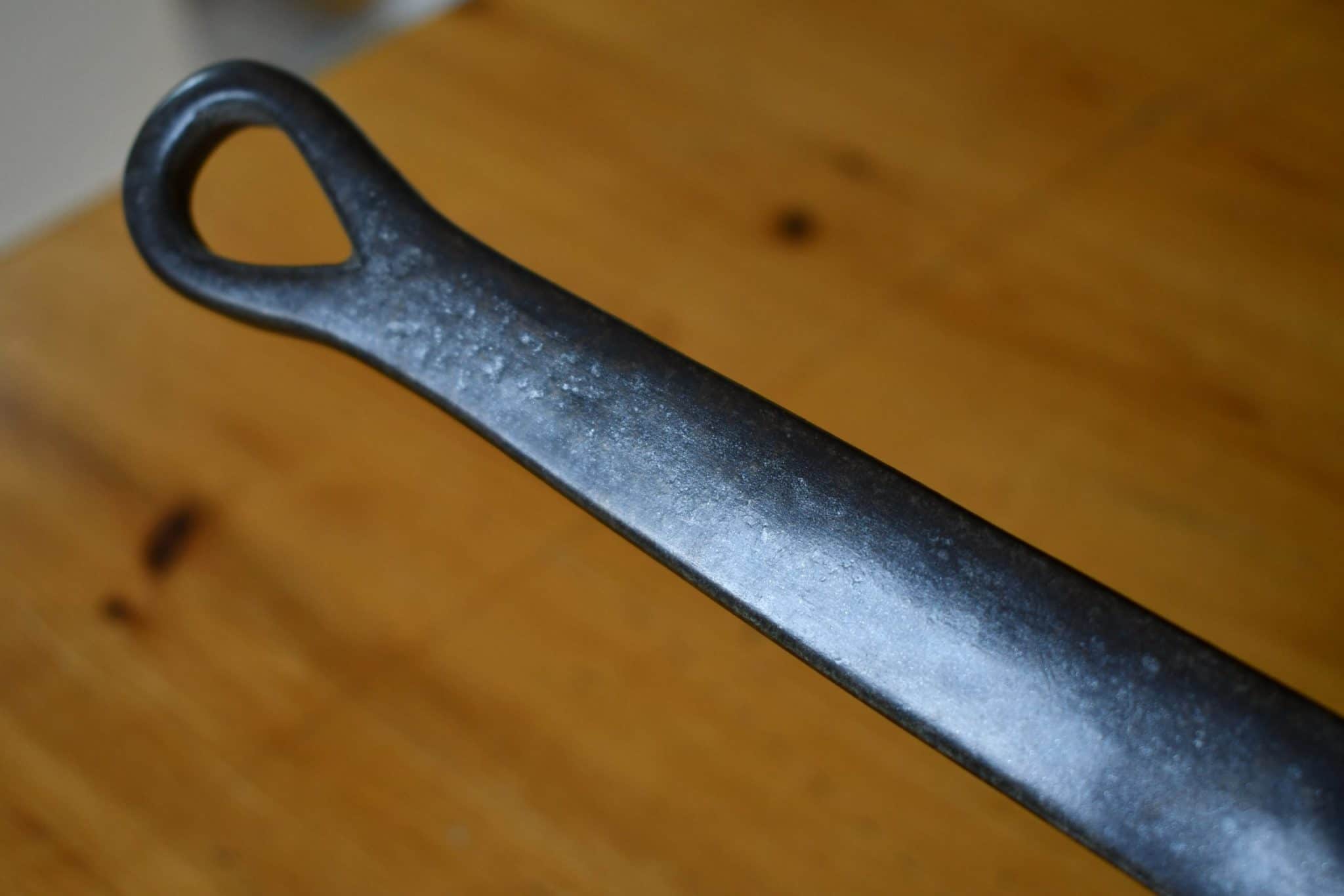
This pan was made by Lefèvre Frères in Villedieu. I don’t know exactly when this chaudronnerie was founded, but it existed from at least 1900 until 1980, when Maurice Lefèvre sold it to Etienne Dulin who remade it as Atelier du Cuivre. In its heyday, Lefevre Freres did beautiful work, including furnishing copper to Compagnie International des Wagons-Lits (CIWL), the company that operated glamorous train lines across Europe, including the Orient Express. (Something about the Wagons-Lits copper seems so romantic to me — I have a big 38cm rondeau as well as a little 16cm soup pot.)
This particular pan is stamped “23” for its interior diameter in centimeters, and the owner stamp “EPH.” Thanks to research by reader EJ Nagel, I now believe this is also a Wagons-Lits pan.
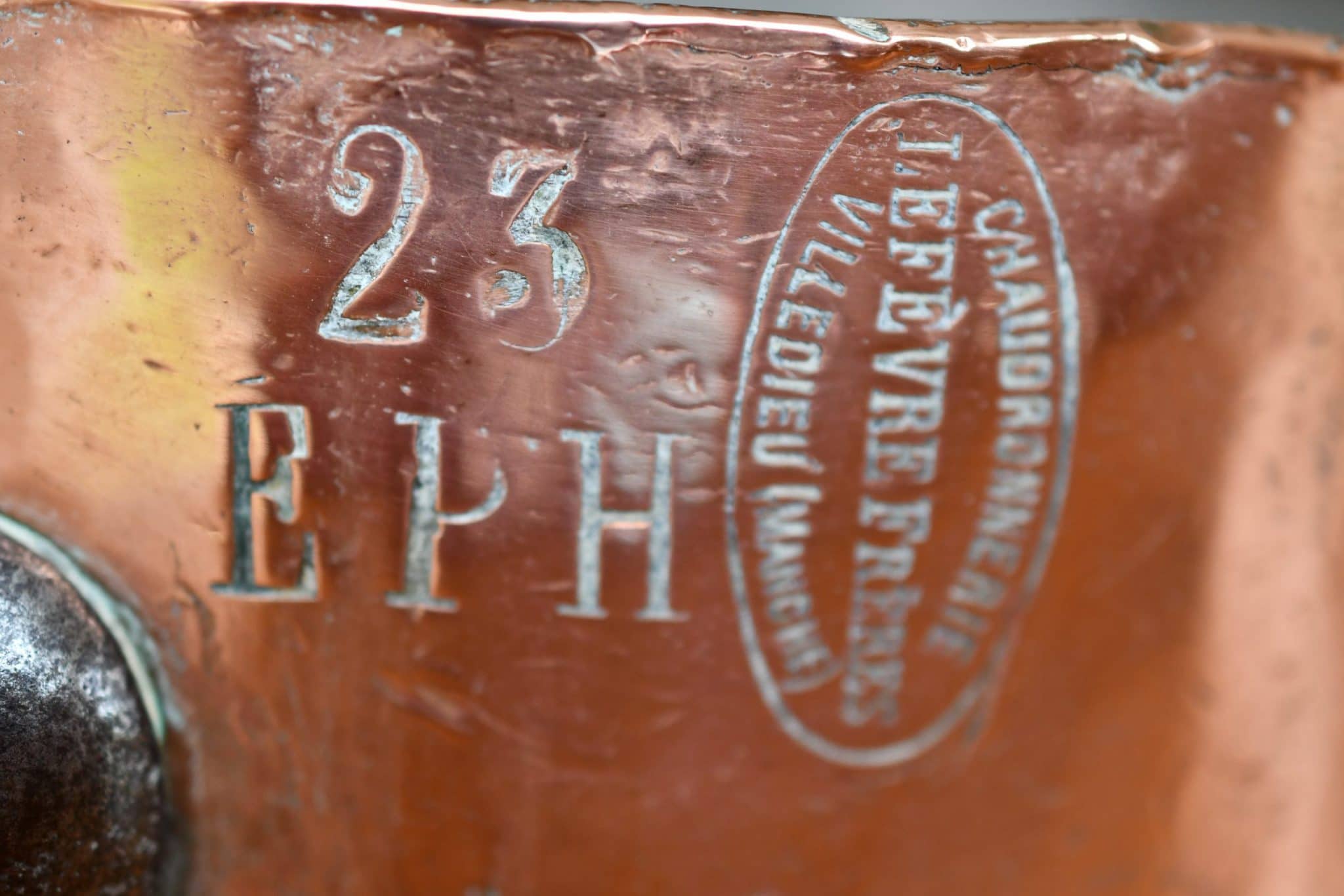
EJ Nagel suggests that EPH is likely the stamp for the Élysée Palace Hotel in Paris built in 1897-1899 by the Compagnie Internationale des Grands Hotels (CIGH), a subsidiary of CIWL that built and operated hotels in major European travel hubs to encourage travel on CIWL’s trains. CIGH was formed in 1894 and operated 25 hotels across Europe until the outbreak of war in 1914.
The Élysée Palace Hotel was located at 103 Avenue des Champs-Élysées and is considered one of the first Art Nouveau buildings built in Paris. It stood at the origin point of CIWL’s famous Orient Express from Paris to Constantinople and would have been a key component of the company’s strategy to attract and capitalize on the emerging international tourist class. The hotel combined lavish architecture and furnishings with modern innovations such as electric lights to complement CIWL’s brand of exciting yet comfortable long-distance luxury travel by train.


(Note in particular how the 1913 advertisement above highlights “le Five O’Clock-Tea,” clearly a clarion call to British travelers longing for some reassuring semblance of civility as they settled themselves in the wilds of the Continent.)
CIWL sold the hotel in 1914 but it continued to operate until 1919, when it finally closed, another victim of the economic collapse after World War I (and the end of the Belle Époque). In 1922, the French bank Credit commércial de France bought the building and made it their corporate headquarters. CCF was bought by HSBC in 2000 and the building became the headquarters of HSBC France. HSBC sold the building in 2009 to the sovereign Qatari Investment Authority and became a rental tenant with a ten-year lease; that lease expired in 2019, and in October 2019 HSBC announced plans to vacate. The building’s new tenants have not yet been announced.
If the Élysée Palace Hotel operated from 1899 to 1919, this provides the bookends for estimating the age of this pot. I had at first thought it to be a mid-19th century piece due to its casserole proportions, but thanks to EJ Nagel’s research, I know it is a bit later than that.
I am truly grateful to EJ for making the connection between the “EPH” stamp and the Élysée Palace Hotel and for reaching out to me. Thank you!
Now back to the pan.
The interior tin is old but intact. I’m sure this pan has been retinned multiple times over its history but the last tinning was some while ago. I’m actually just fine with this tin as it is.
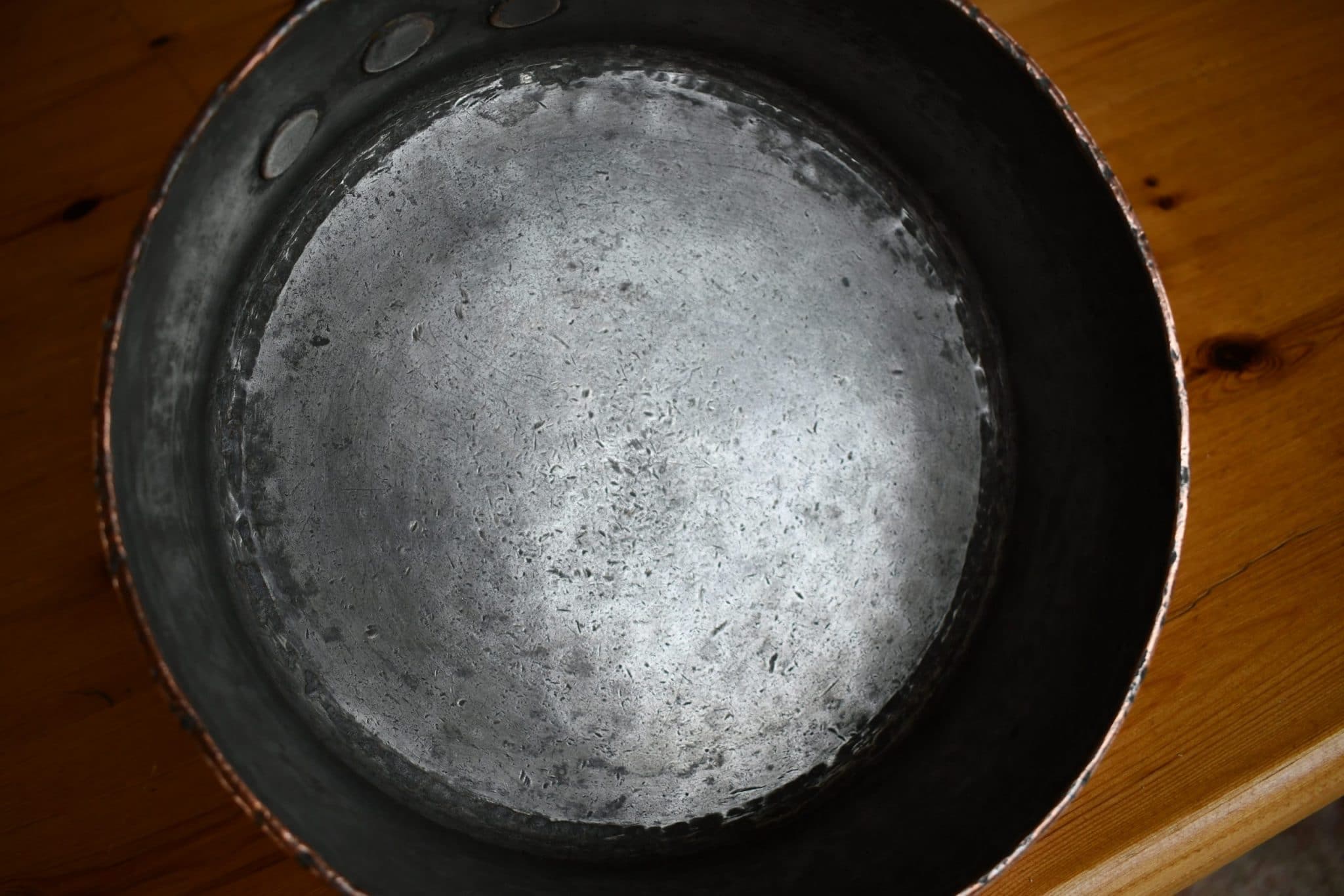
I might have sent the pan for restoration but the tin doesn’t need to be redone and the character on the pan is just exquisite. It would be a shame to polish this off unless the pan were in dire shape — worn-out tin, out of round, loose handle, et cetera. As it is, it’s in its prime.
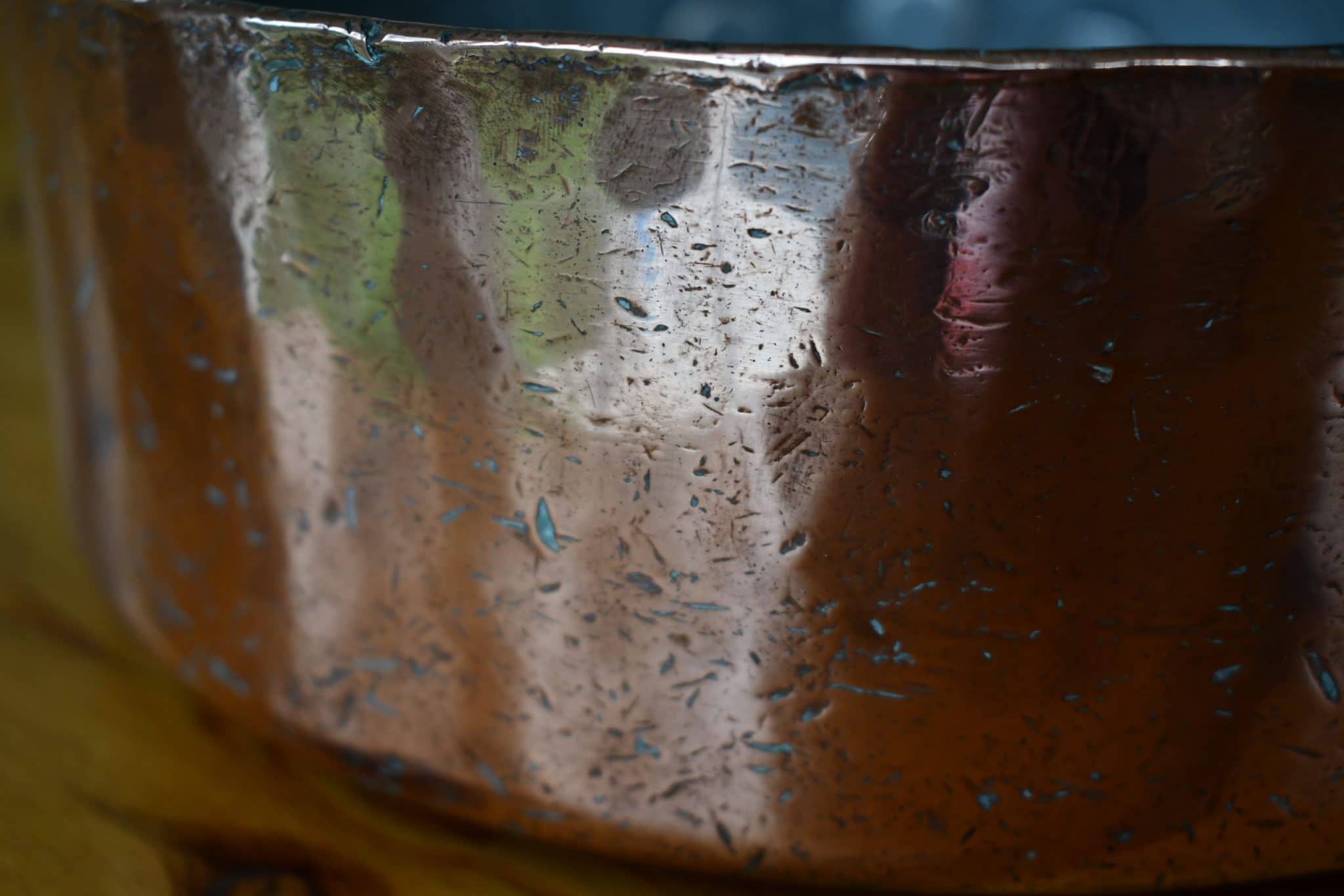
I have a real soft spot for weathered antique pans like this. I have some really big ones of similar feel and character and I love them, but let’s face it, they spend a lot of time waiting around for my next dinner for 60. This guy is sized for everyday cooking and it’s going to be a treat to use him.
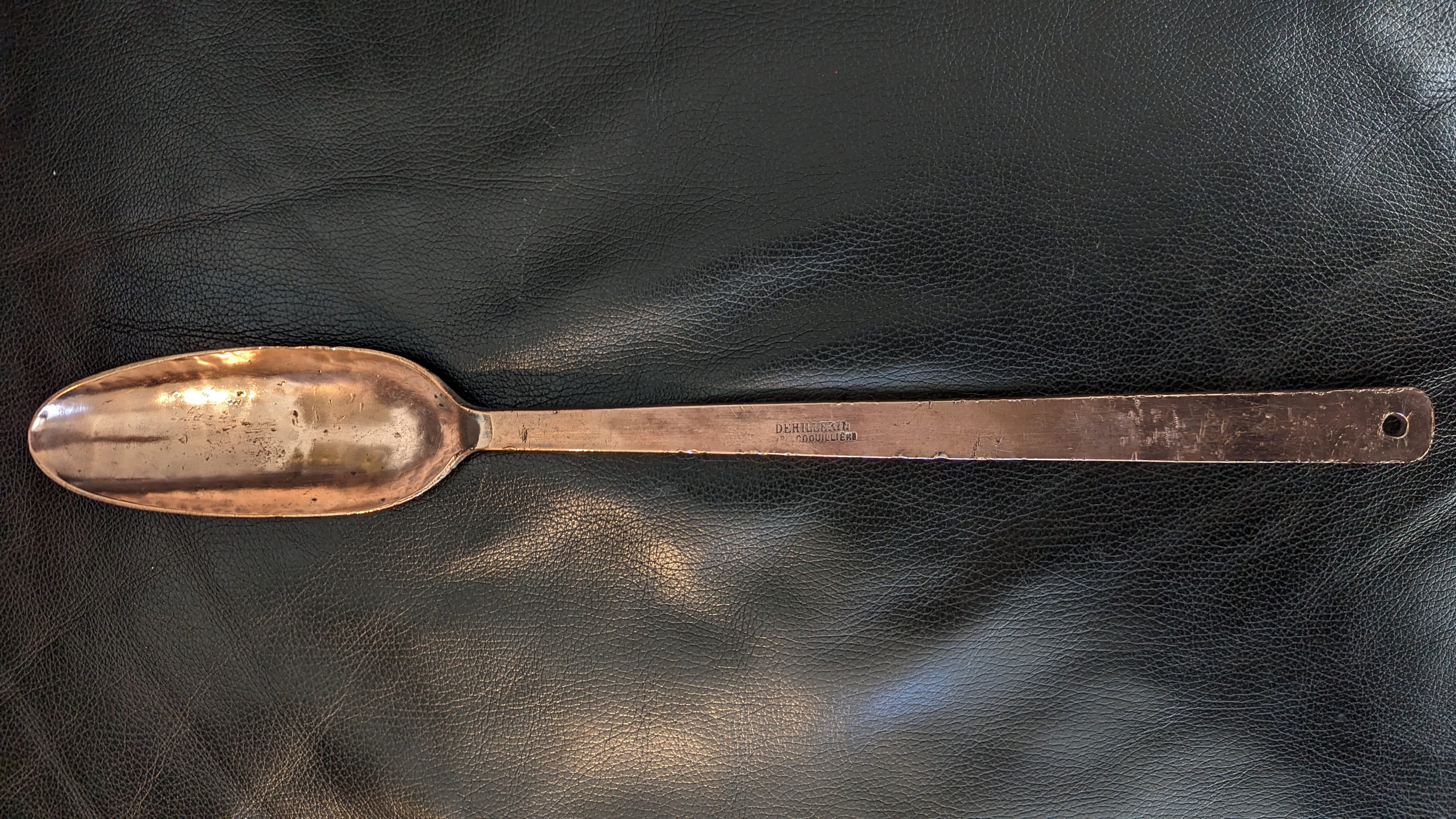

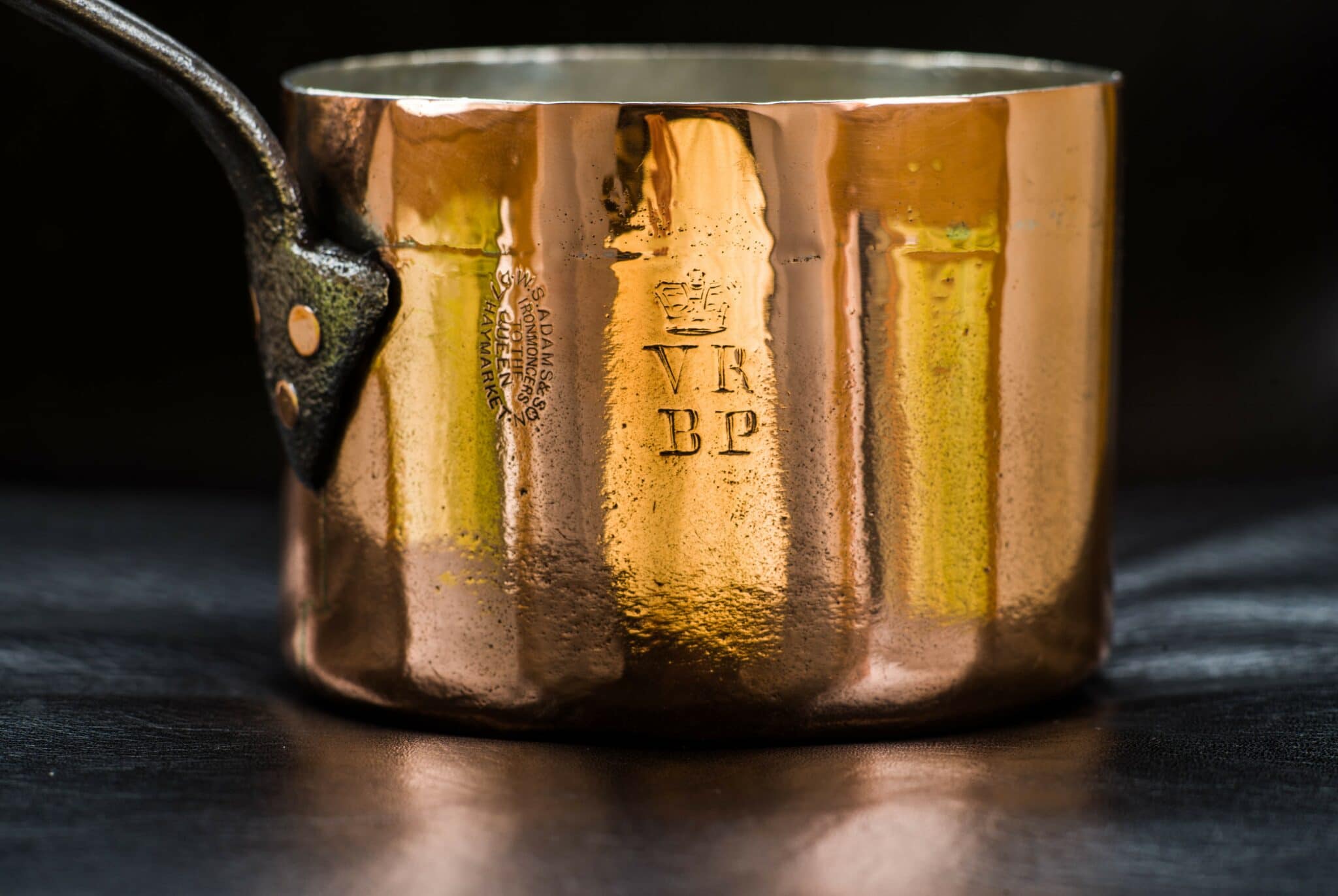

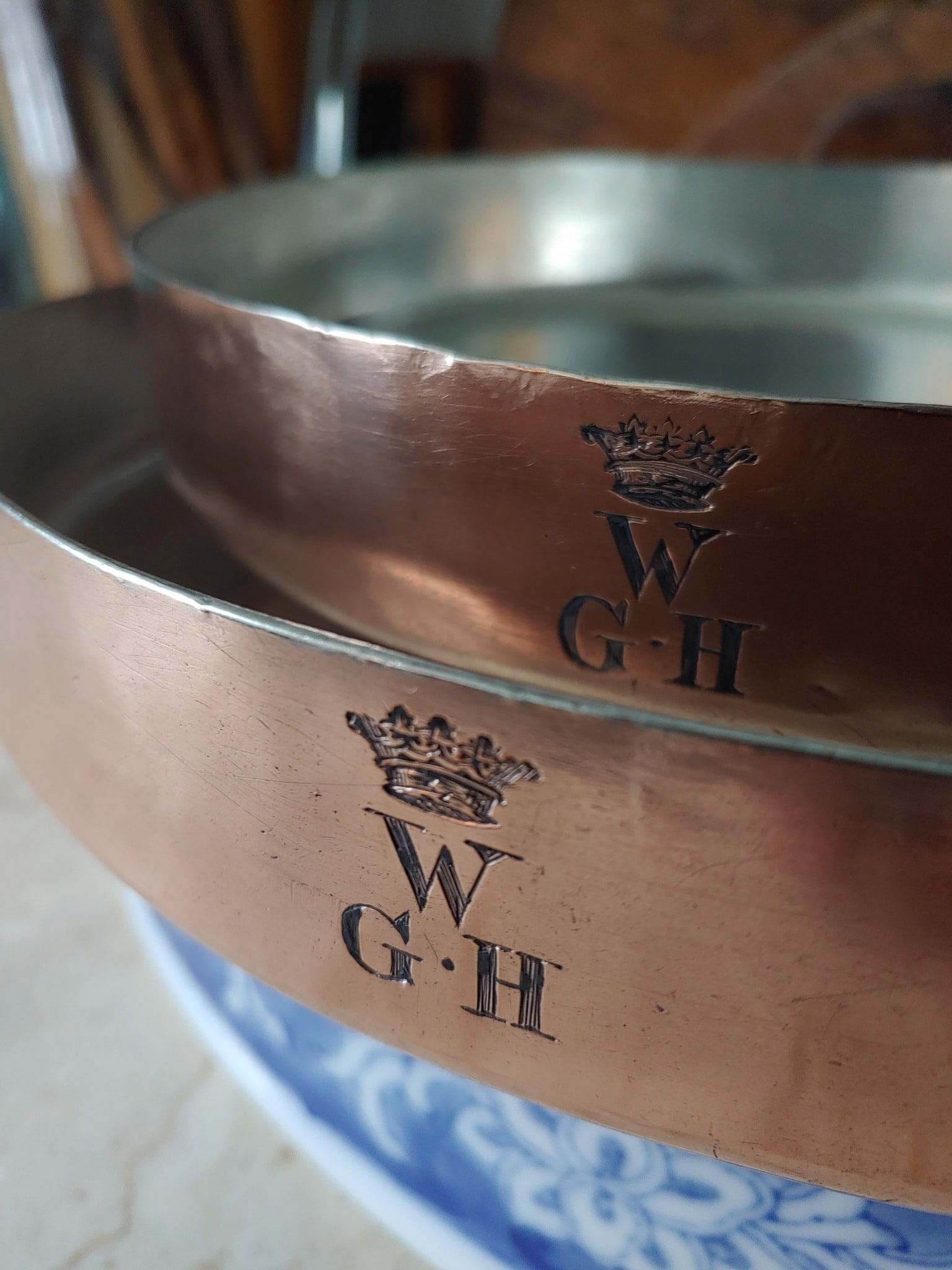
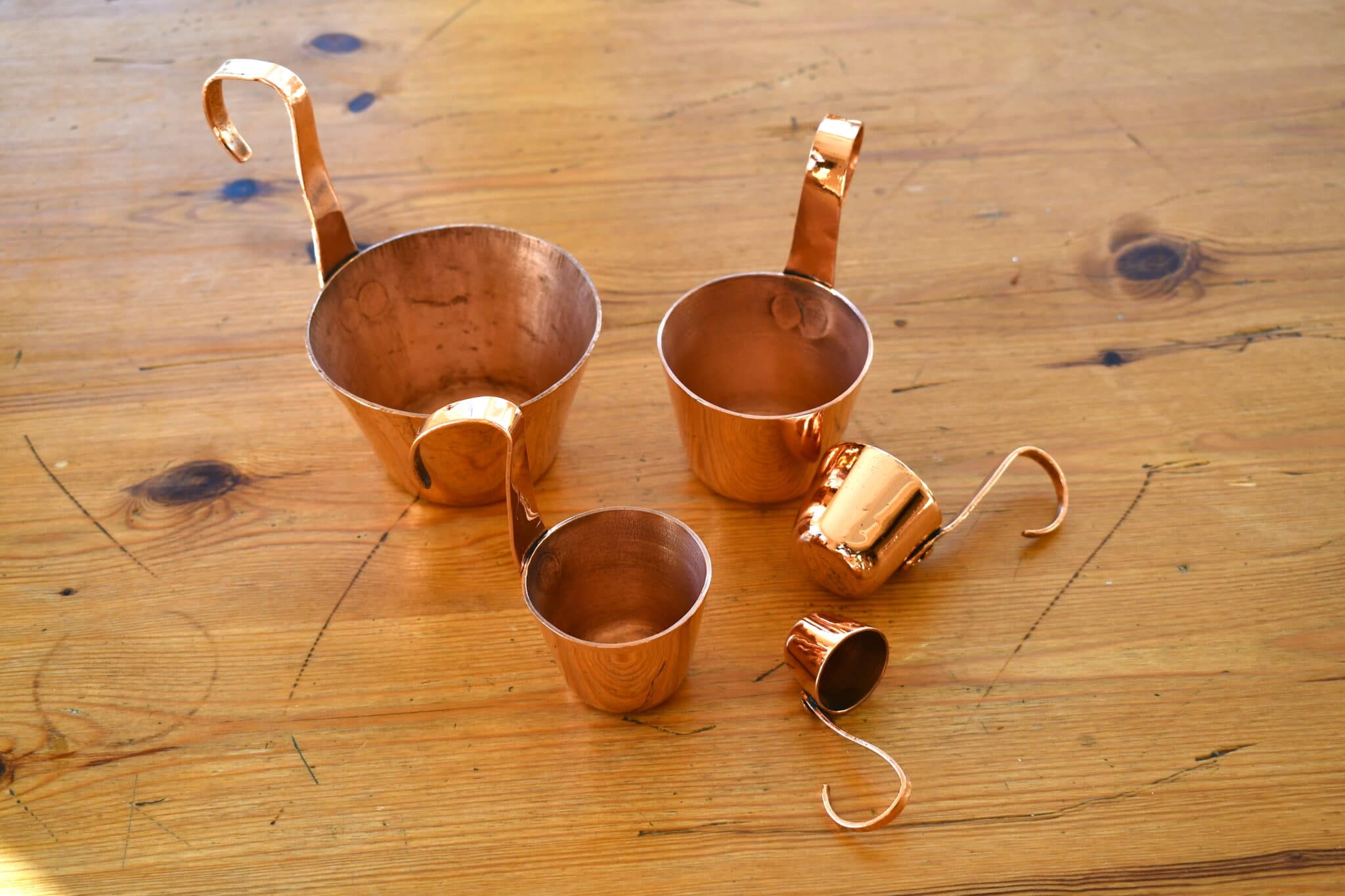
A real beauty this old lady (you called her guy – I know). I like every scratch and every sign of a long and busy life. She tells you a story every time you pick her up. I’m sure you will work with her.
Best regards Arndt
Arndt, thanks for the lovely comment! A “casserole” is indeed a feminine noun in French! Perhaps I have been insensitive in my mis-gendering!
Such characteristics and history. Definitely one to admire and use!
Thank you so much for featuring this lovely old pan, I especially like the history you have uncovered. It is one of the ones you really don’t want to let go of…. Best Fid